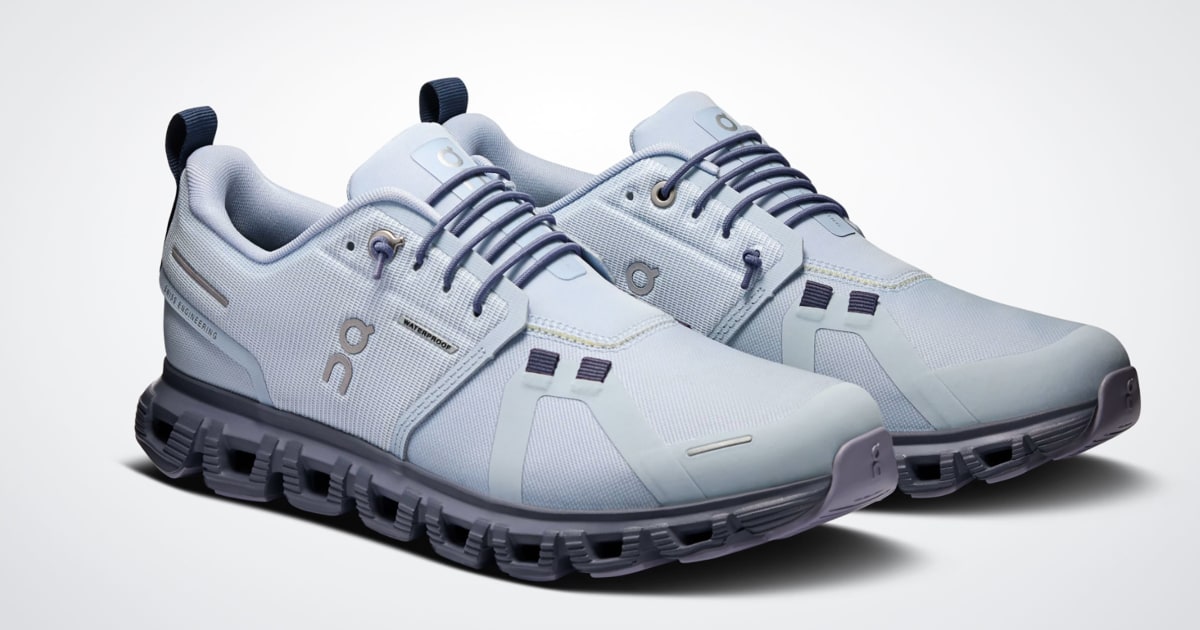Vancouver shoe-scanning company vies to speed up airport security screening
Arion Defense founder Paul Dadwal says he’s working toward a contract with the TSA to implement the company’s shoe scanners, but the technology could also be used in security checkpoints at stadiums, event venues or prisons.Jennifer Gauthier/The Globe and Mail
A new shoe-scanning technology company is vying to fill what it sees as a critical gap created by the recent abandonment of a nearly 20-year-old policy requiring passengers in American airports remove their footwear at security checkpoints.
Vancouver company Arion Defense is working to commercialize and scale the manufacturing of a footwear-scanning device developed by the Washington-based Pacific Northwest National Laboratory to screen shoes for potential threats. The technology’s development was funded by the U.S. Department of Homeland Security’s Science and Technology Directorate, before Arion Defense licensed it.
The footwear-removal requirement, loathed by harried passengers since it was introduced in 2006, met a sudden end last month when Homeland Security Secretary Kristi Noem announced that travellers passing through Transportation Security Administration screening would be allowed to keep their shoes on to “increase hospitality,” streamline the process and limit wait times. Citing a “multilayered security approach,” Ms. Noem said she was confident high security standards could be maintained.
Yet Paul Dadwal, former deputy operations officer for the Combined Forces Special Enforcement Unit BC and founder of Arion Defense, said Ms. Noem’s decision leaves passengers at risk without a feasible alternative in place.
“The shoe problem is a serious problem,” he said.
Last month, Homeland Security Secretary Kristi Noem announced that travellers passing through TSA screening would be allowed to keep their shoes on to streamline the process and limit wait times.Mingson Lau/The Associated Press
The TSA implemented its shoes-off policy after an attempt by “shoe bomber” Richard Reid to blow up a plane five years earlier by hiding explosives in his footwear.
Since then, most passengers have been required to remove their shoes and place them in bins with their carry-on luggage to be scanned by an X-ray. In Canada, passengers flying domestically or to non-U.S. destinations are typically allowed to keep their footwear on, unless a security officer says otherwise. After Ms. Noem’s announcement, Ottawa said it would align its requirements with the TSA’s latest rules, meaning those flying to the U.S. through preclearance sections of Canadian airports would no longer have to remove their shoes.
Mr. Dadwal said he’s working toward a contract with the TSA to implement the shoe scanners, but the technology could also be used in security checkpoints at stadiums, event venues or prisons. The Globe and Mail reached out to the TSA for comment but did not hear back.
Canadian tourism gets a summer lift as U.S. travel boycott grinds on
Similar to the full-body scanning device air passengers are used to, Arion Defense’s scanner uses millimetre-wave technology. It looks like a platform with two footprint outlines to stand on, and it takes about two seconds to complete a scan. If something were detected in the analysis of the image of the shoes, the passenger would either have to step aside for further inspection or place their footwear in a bin to be scanned alongside their carry-on luggage, said Geoff Dawe, chief technology officer at Arion Defense. It’s about striking the right balance between safety and efficiency, he added.
“If there are too many security pat downs and stuff like that, you get a lot of friction, pooling of people, that’s a problem,” he said.
Arion Defense’s shoe scanner uses millimetre-wave technology and looks like a platform with two footprint outlines to stand on.Supplied
Work on the shoe scanner began in 2013, when a staff member at PNNL decided, with the shoe-bomber incident in mind, to apply their existing work in millimetre-wave imaging to footwear, said Jonathan Tedeschi, an electrical engineer at the U.S. laboratory.
“We wanted to be able to image through shoes, which is a challenging medium to image through compared to clothing,” he said.
Whereas clothes are usually a single layer or two of the same fabric, shoes can contain multiple layers of foam, air and plastic, making it easier for signals passing through to be distorted, Mr. Tedeschi said.
“That’s some of the novelty that we’ve developed at PNNL, is algorithms to help correct for that and get a really good, focused image,” he said.
Not shy about travelling to the U.S.? Flight prices have dropped to some destinations
Currently, designers are considering options for the best point to implement the shoe scanner. For example, it could be installed in the floor where passengers load their carry-on baggage into bins, or where travellers stand in the full-body scanner.
Mr. Tedeschi said the next generation of this technology may use real-time imaging, where people won’t have to stop on a platform and instead simply walk through.
Ultimately, Mr. Dawe said he hopes to see government, and others in the security sector, use the company’s technology to act against any threats that could arise.
“We’d like to be out in front of this for once instead of reacting to it.”
link






